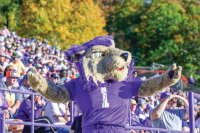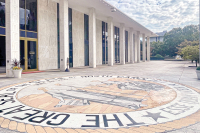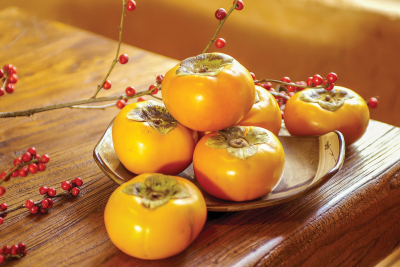Leave nature to tend to itself
To the Editor:
Thank you Gwen Landt and the Edith Allen Wildlife Sanctuary for caring for animals in need. We leave our field/meadow alone so deer can bed down and does can safely raise their fawns. As conveyed in the article, understanding the relationship between a doe and her fawn is important.
She will find a safe place for it, then leave the fawn for long periods of time to get nourishment only to come back hours later to feed and move it. Anyone who thinks this fawn has been abandoned is mistaken. A doe will not roam far from her fawn and while you may not see her, she is always keeping an eye on it. Please do not try to extricate a fawn from its mother.
I agree there are cases when an animal needs help, but knowing if/when human intervention is appropriate is essential. Mrs. Landt pointed out that most of the injuries to fawns are the result of human action.
So, what can we do to minimize the number of animals in need of rehabilitation? It’s simple actually — the best thing we can do is not bush hog fields during the timeframe animals heavily use these areas to raise their young. Animals need nature as it is. The most insightful information I’ve come across is in a subsection of a book chapter on fields/meadows titled “Benign Neglect,” namely — leave nature anlone. Nature knows best how to take care of itself. It does not need our help (i.e., however well-intentioned, we often make things worse). Not only is a field/meadow full of beautiful native grasses, flowers and milkweed, it is also home to a multitude of animals (butterflies, bees, spiders, sparrows, field mice, moles, rabbits, ground nesting birds, deer) all of whom depend on each other and, like us, should not be simply trying to survive but should have the opportunity to thrive.
K. Otto,
Clyde









